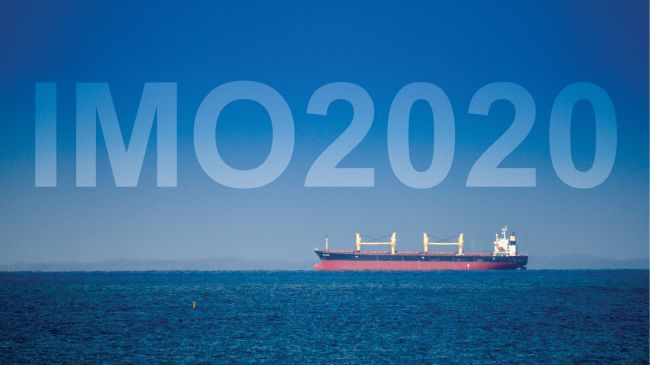
With less than 15 days to go before the implementation of much anticipated IMO 2020, it has been estimated that around 93% of the world fleet will burn maximum 0.50% sulphur compliant fuels outside ECA-SOx from 1st of January 2020. Demonstrating compliance with the MARPOL Annex VI regulation 14 and maintaining trouble free operations during consumption of these new 0.50% sulphur fuels are the key challenges. There have been numerous publications and guidance documents available covering large spectrum of IMO 2020 issues. The intention of this bulletin is not to repeat all what is in those guidelines but just to present a quick reference table to highlight some of the key issues.
- Stability & commingling
Risks
Sludging in tanks, purifier and filters due to mixing of incompatible fuels or unstable fuels as delivered.
Look into
Prepare segregation/capacity plan, open dialogue with charterers ensuring risks are mitigated, compatibility testing at various mixing ratios
2. Onboard viscosity control
Risks
Overheating and/or underheating
Look into
Functionality of viscosity control, tank heating, OEM guidance (boiler, engine, pumps)
3. Cold flow property
Risks
Wax deposition in tanks, filter blockage, sludge generation at purifier
Look into
Gain prior information on fuel’s cold flow characteristics from supplier to suit operating conditions (winter/summer) and storage/system heating capacity. Seek further information through suitable fuel testing.
4. Experience on variable quality fuels
Risks
Breakdowns, damage to equipment, excessive equipment wear to probable reduced TBO (time between overhaul)
Look into
Crew training, gain experience by switching to new blends prior to deadline, review change over procedures. Start consumption once fuel analysis report is available
5. Lubricants
Risks
Inappropriate base number and/or cylinder oil feed rate (2-stroke engines).
Look into
Contact lubricant supplier and seek OEM guidance
6. Sampling points
Risks
Unrepresentative ‘in-use’ sample potentially leading to non-compliance
Look into
Designate a suitable sampling point as per guidelines (MEPC.1/Circ.864).
7. Tank preparations
Risks
Contamination with previous fuels/sludge carry over, number of settling/service tanks.
Look into
Carry out condition assessment and subsequent tank cleaning.
8. Ordering 0.50% fuels
Risks
Fuel not fit for use i.e. machinery limitation not considered and/or regulatory non-compliance.
Look into
Consult latest OEM guidelines, ISO 8217:2017 and PAS 23263, buy from reputable supplier (price before quality), Check CoQ (know your fuel).
9. Sulphur compliance
Risks
Detention, penalties, strict PSC inspections
Look into
Be transparent and establish clear lines of communication to report any irregularities to administration and PSC. Contact FOBAS for further guidance.
10. Fuel conditioning
Risks
Non-optimal purifier settings, carry over of sediments to critical machinery equipment.
Look into
Purifier guidance, optimal temp/flow requirements, filter cleaning/standby, frequent draining of settling tanks.
11. Combustion
Risks
Engine knocking, turbo charger surging, excessive deposit on piston ring pack
Look into
Adjust engine settings by taking electronic power / draw cards. FIA analysis to determine ECN and suitability for a particular combustion unit. OEM guidelines.
12. Contamination
Risks
Presence of anomalous/acidic components in fuel at a level to cause degradation to fuel system performance
Look into
FOBAS can perform detailed chemical analyses to eliminate the possibility of the presence of anomalous components in the fuel. Supplier to provide assurances. Follow best practice of evidence collection in case of operational problems.
It is expected that the ships who performed a comprehensive SIP (Ship Implementation Plan) are well placed and above-mentioned points should have already been considered and suitable actions taken.



